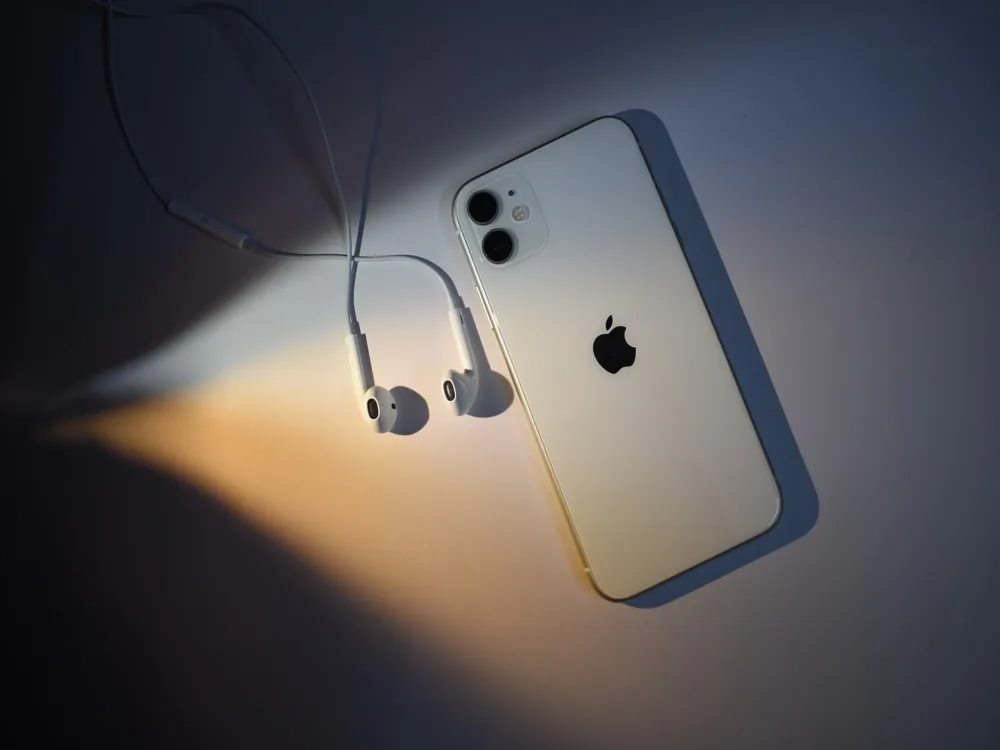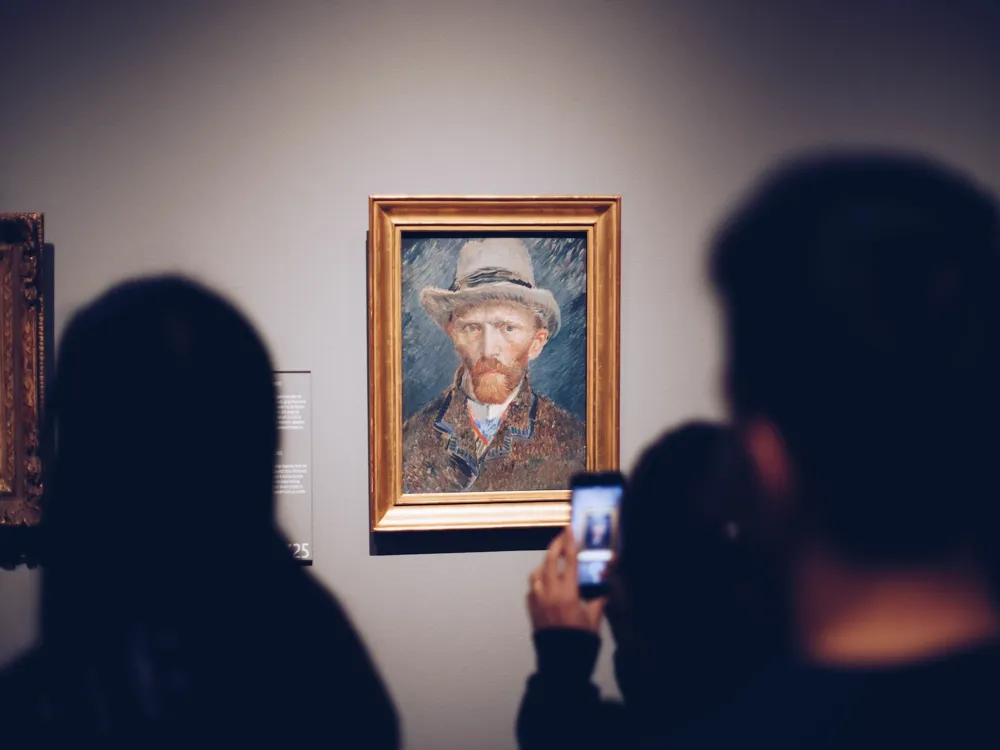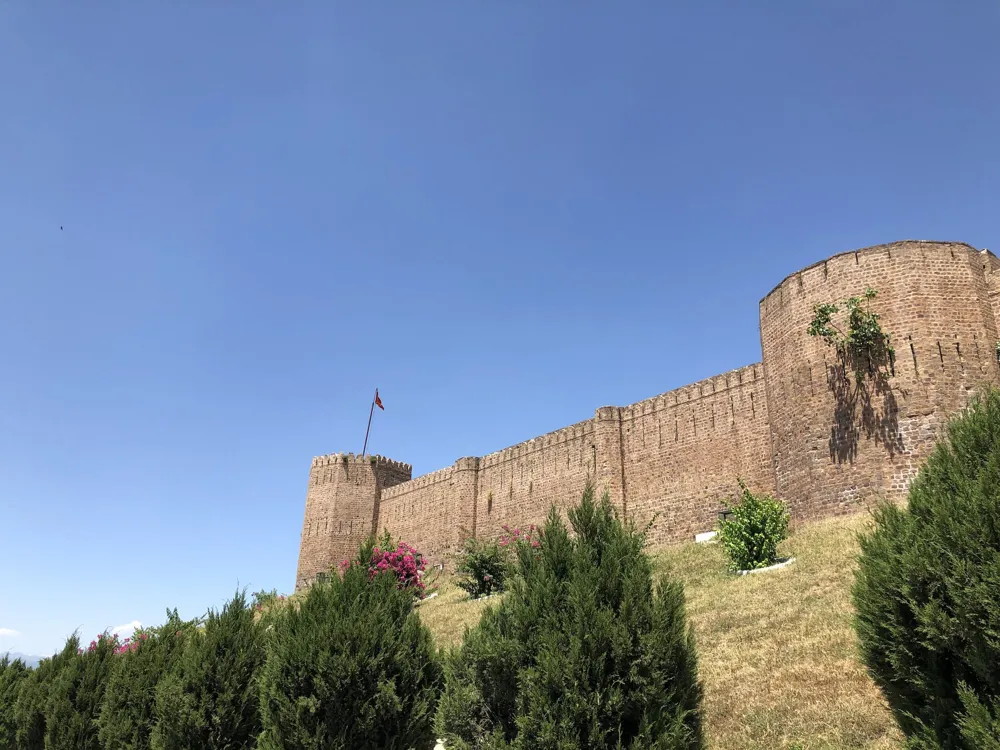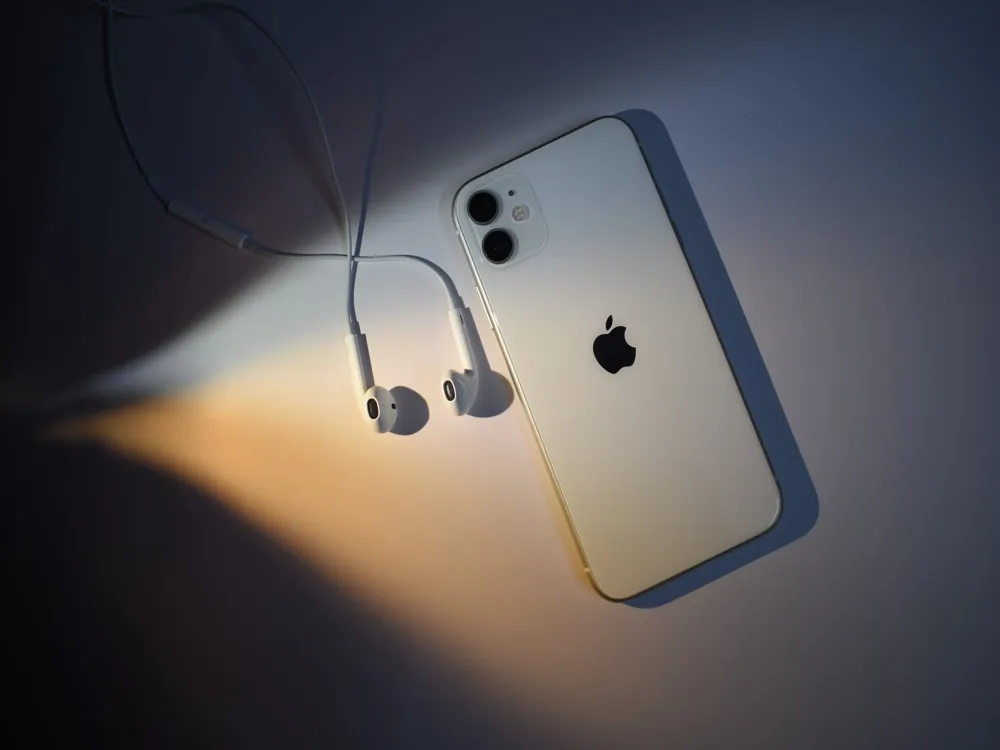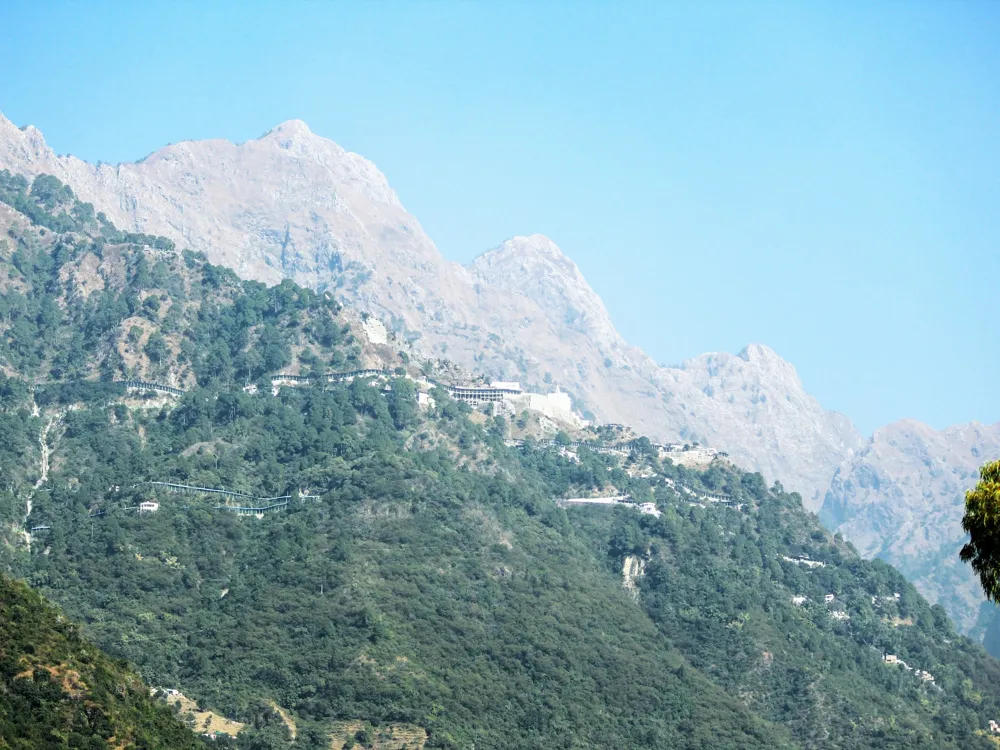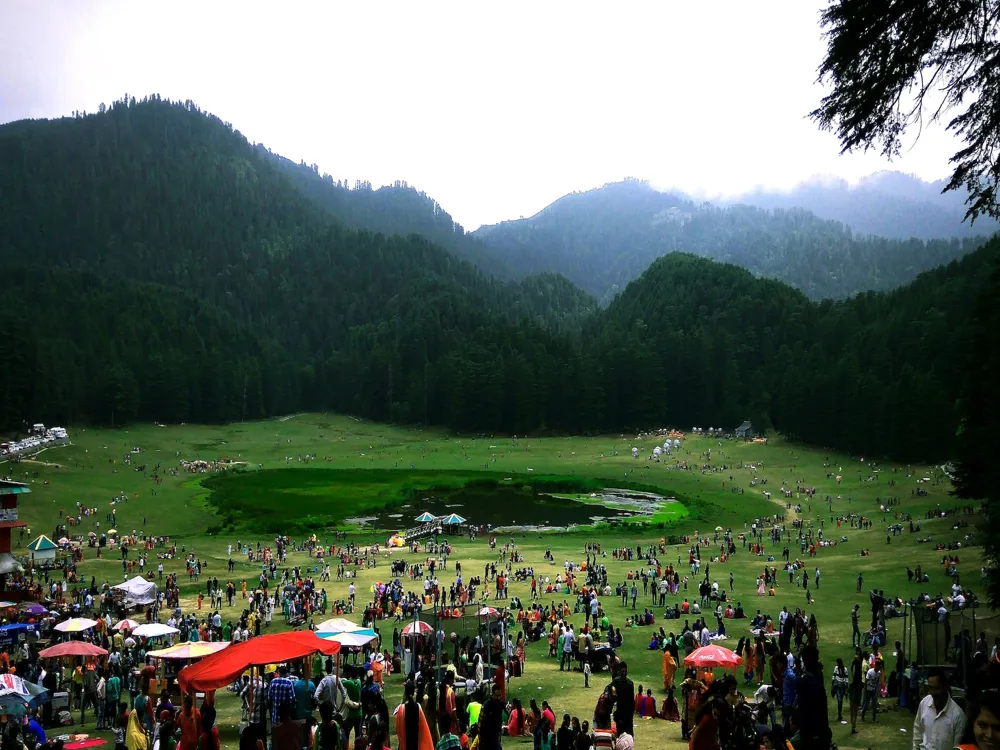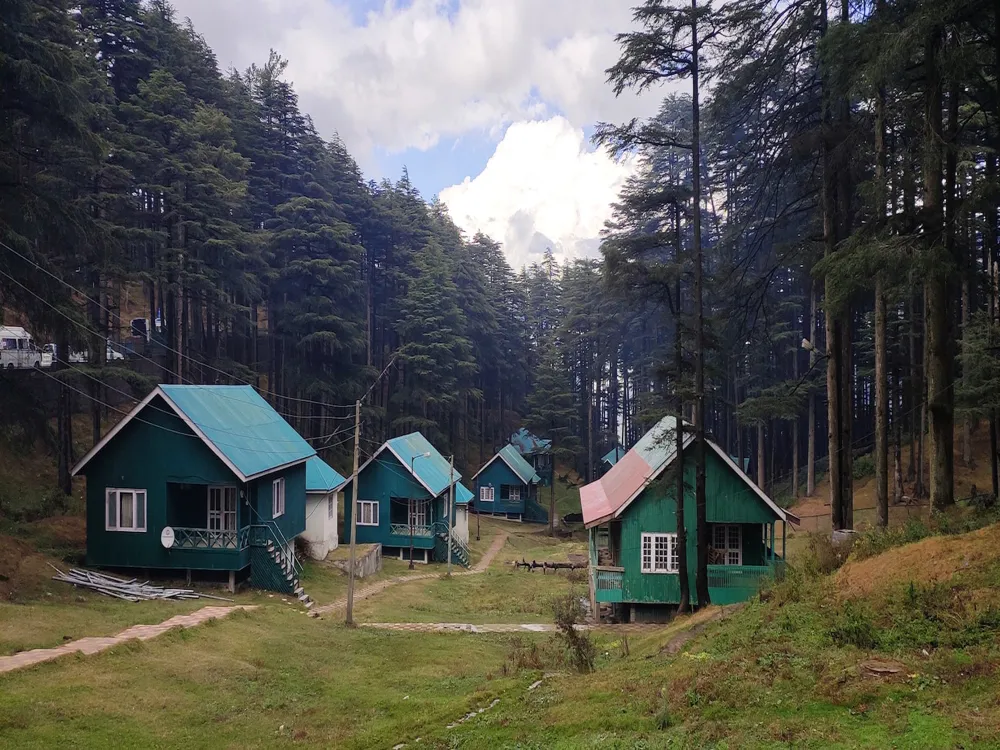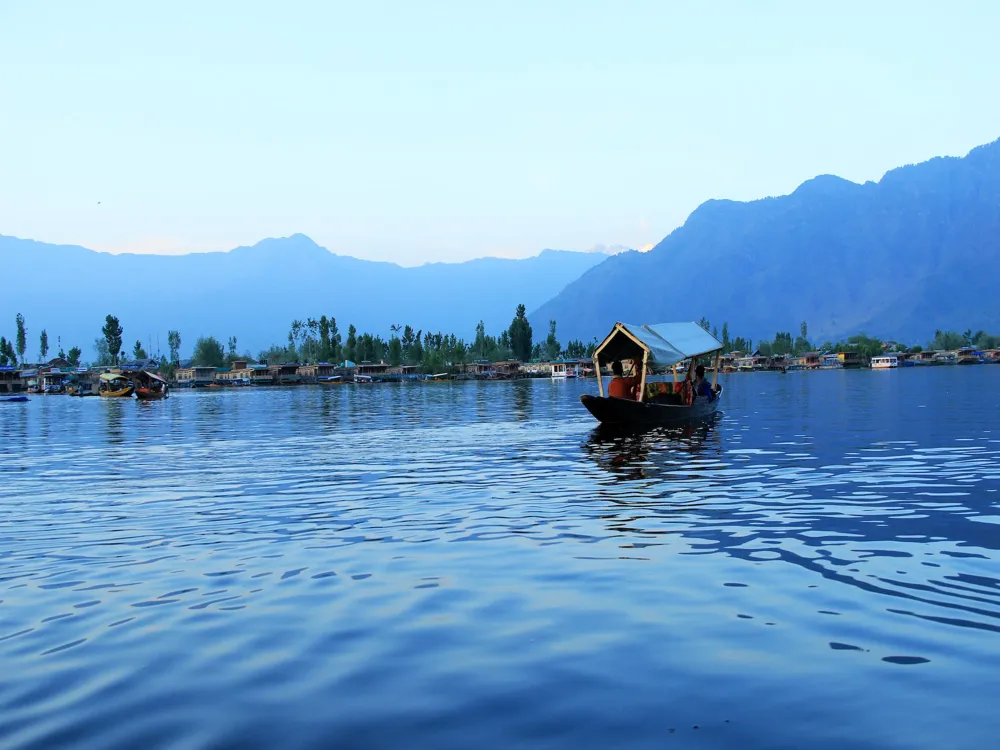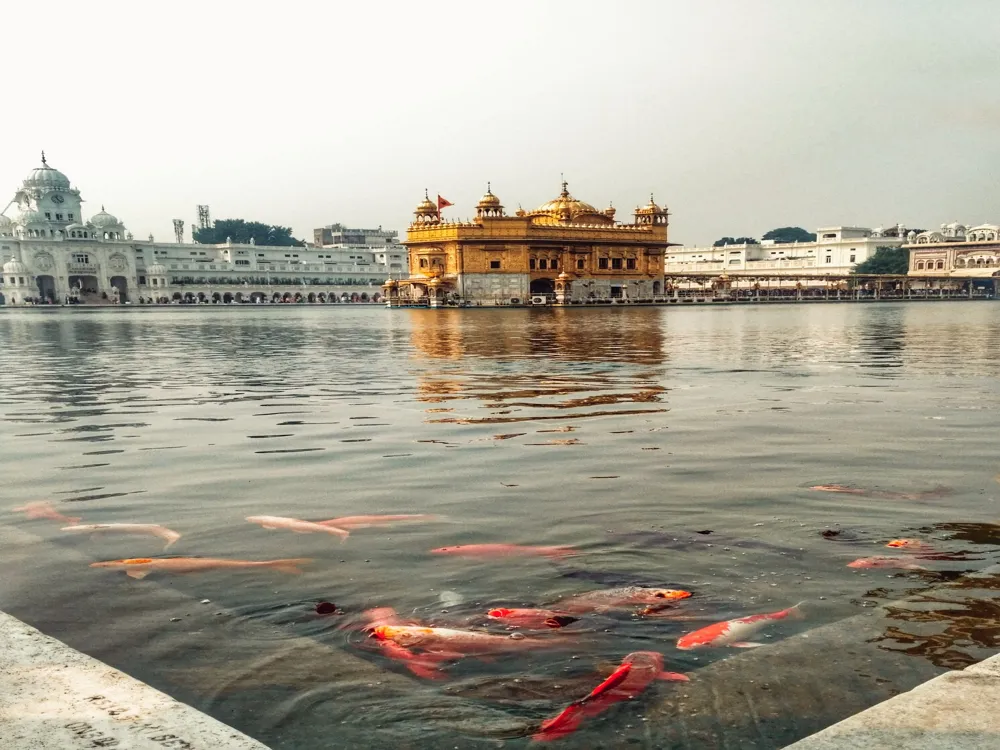Mubarak Mandi Palace, a historical edifice in Jammu, Jammu and Kashmir, stands as a symbol of the region's rich past. This grand complex, with a history spanning several centuries, showcases an amalgamation of Rajasthani, Mughal, and even Gothic architectural styles, reflecting the diverse cultural influences that have shaped Jammu's history. Initially serving as the royal residence of the Dogra rulers, the palace complex comprises numerous buildings, each narrating a unique aspect of its historical and architectural significance. The palace's history dates back to the 1820s when it was built by Raja Gulab Singh, the founder of the Dogra dynasty. Over the years, successive rulers added to the complex, giving it its present form. The most notable among these additions is the Sheesh Mahal, or the Palace of Mirrors, famed for its intricate mirror work and exquisite paintings. The complex also houses the oldest surviving building in Jammu, the Pink Hall, which now functions as the Dogra Art Museum, showcasing miniature paintings, royal apparel, and ancient texts. The palace has witnessed significant historical events, including the transition of power from the Dogra dynasty to the modern Indian state post-independence. Despite facing challenges like earthquakes and neglect, Mubarak Mandi Palace continues to be a testament to the region's architectural grandeur and historical depth. Its ongoing restoration efforts aim to preserve and showcase its cultural legacy to future generations. The architectural splendor of Mubarak Mandi Palace is a harmonious blend of various styles, making it a unique monument in the architectural landscape of India. The complex's design showcases elements from Rajasthani, Mughal, and Gothic architectural styles, reflecting the diverse influences over the centuries. The Rajasthani influence is evident in the jharokhas (overhanging enclosed balconies), chhatris (elevated, dome-shaped pavilions), and intricate jaali work (lattice screens), reminiscent of the palaces in Rajasthan. The Mughal influence, on the other hand, is seen in the extensive use of courtyards, gardens, and the Sheesh Mahal's layout, which draws inspiration from Mughal aesthetics. An intriguing aspect of the palace is its Gothic features, which include pointed arches and ornate decorations, blending seamlessly with the traditional Indian elements. This synthesis of styles not only exemplifies the multicultural facets of Jammu's history but also represents the adaptive nature of the region's architectural practices. Inside, the palace is adorned with exquisite mirrorwork, detailed frescoes, and elaborate woodwork, showcasing the craftsmanship of the artisans of the time. The Dogra Art Museum, housed within the Pink Hall, contains a rich collection of Pahari miniature paintings, an art form that reached its zenith during the Dogra rule. The ongoing restoration projects aim to preserve these architectural marvels. Efforts are being made to restore the palace to its original splendor, ensuring that the intricacies of its design and the richness of its heritage are maintained for future generations. Before visiting Mubarak Mandi Palace, it's advisable to check the opening hours and any scheduled maintenance work that might affect accessibility. Considering the palace's size, allot sufficient time to explore its various sections comprehensively. As a historical monument, it's crucial to respect the site. Avoid touching or damaging the artwork and structures. Photography may be restricted in certain areas, so it's best to inquire beforehand. Opting for a guided tour can enhance your experience. Knowledgeable guides provide insights into the palace's history, architecture, and cultural significance, offering a more in-depth understanding of the site. Jammu's weather can be quite variable, so dress appropriately for the season. The summer months can be hot, so carrying water and wearing sun protection is advisable. While restoration work is ongoing, some areas of the palace might be less accessible. Visitors with mobility issues should check in advance regarding the availability of facilities like ramps and elevators. Mubarak Mandi Palace is located in the heart of Jammu city, making it easily accessible by various means of transport. The nearest airport is the Jammu Airport, which is well-connected to major cities in India. From the airport, taxis or local buses can be taken to reach the palace. For those traveling by train, the Jammu Tawi Railway Station is the nearest railhead, located just a few kilometers from the palace. Auto-rickshaws, taxis, and local buses are available from the station to the palace. Jammu is also well connected by road. State-run and private buses ply regularly to Jammu from neighboring states. Once in the city, local transport options like auto-rickshaws and taxis can be used to reach the palace. Read More: Overview of Mubarak Mandi Palace, Jammu
Architecture of Mubarak Mandi Palace
Tips When Visiting Mubarak Mandi Palace
Plan Your Visit
Respect the Heritage Site
Guided Tours
Weather Considerations
Accessibility
How To Reach Mubarak Mandi Palace
Mubarak Mandi Palace
Jammu
Jammu And Kashmir
₹ 5,000 onwards
View jammu Packages
Weather :
Label : Must Visit
Tags : Forts & Palaces
Time Required : 2 to 3 hours
Planning a Trip? Ask Your Question
Jammu Travel Packages
View All Packages For Jammu
Top Hotel Collections for Jammu

Private Pool

Luxury Hotels

5-Star Hotels

Pet Friendly
Top Hotels Near Jammu
Other Top Ranking Places In Jammu
View All Places To Visit In jammu
View jammu Packages
Weather :
Label : Must Visit
Tags : Forts & Palaces
Time Required : 2 to 3 hours
Planning a Trip? Ask Your Question
Jammu Travel Packages
View All Packages For Jammu
Top Hotel Collections for Jammu

Private Pool

Luxury Hotels

5-Star Hotels

Pet Friendly







